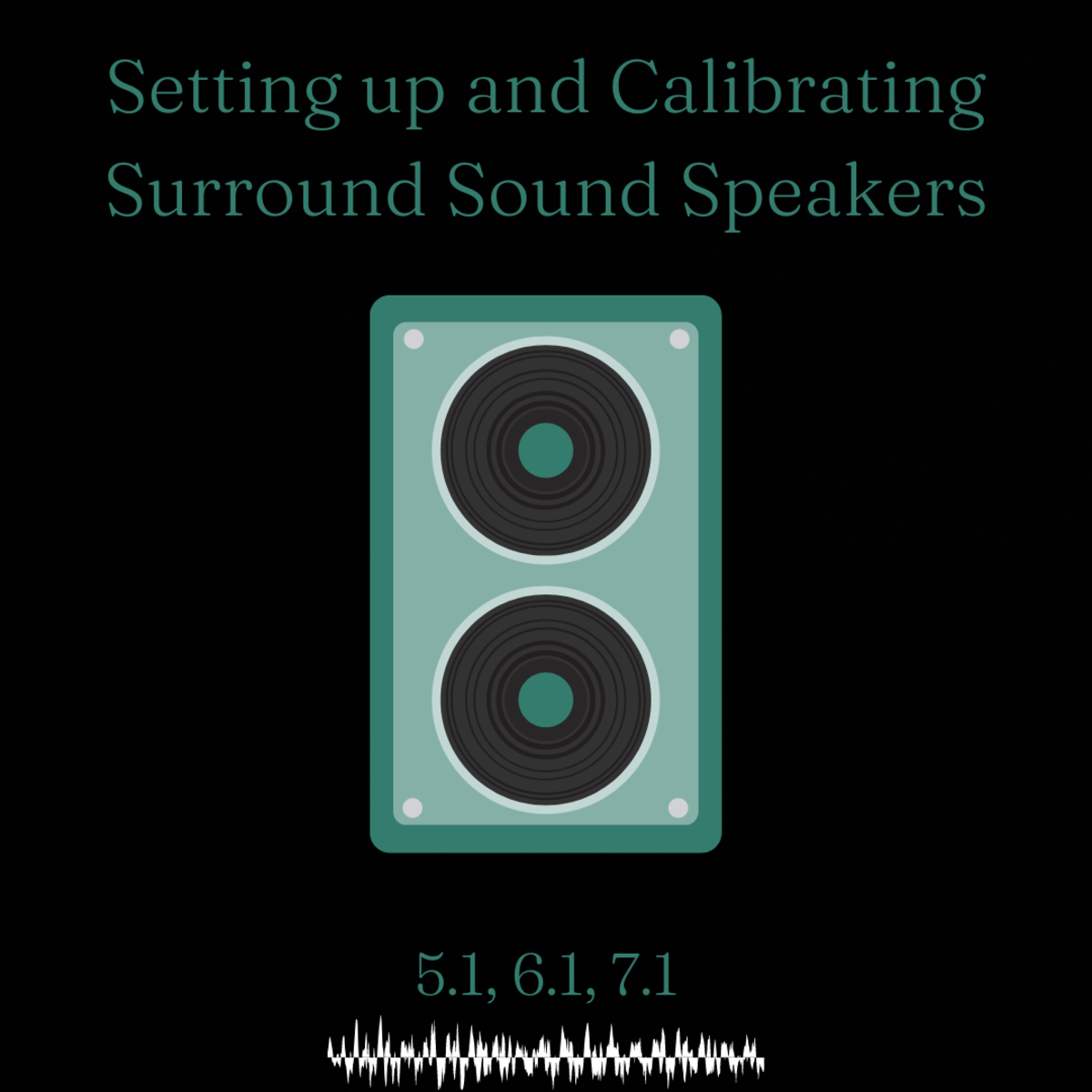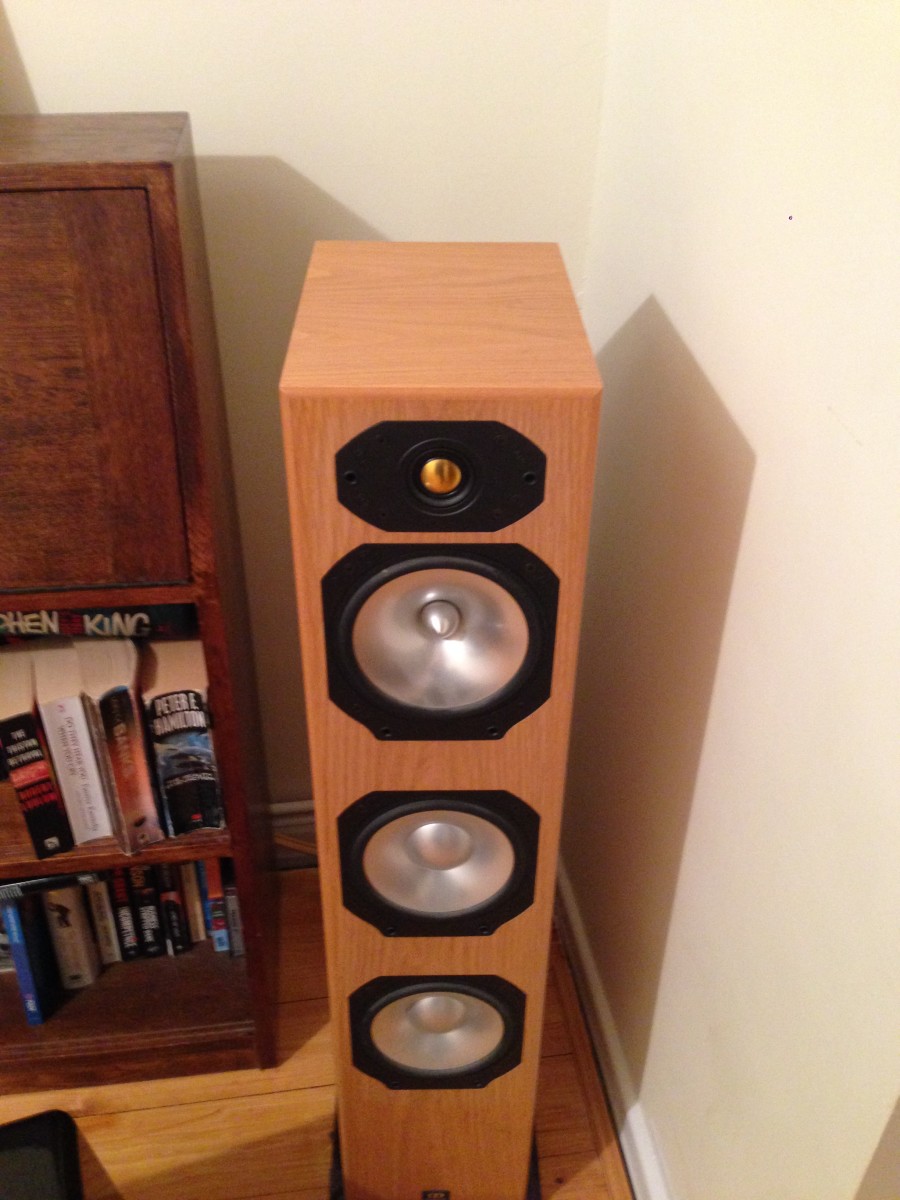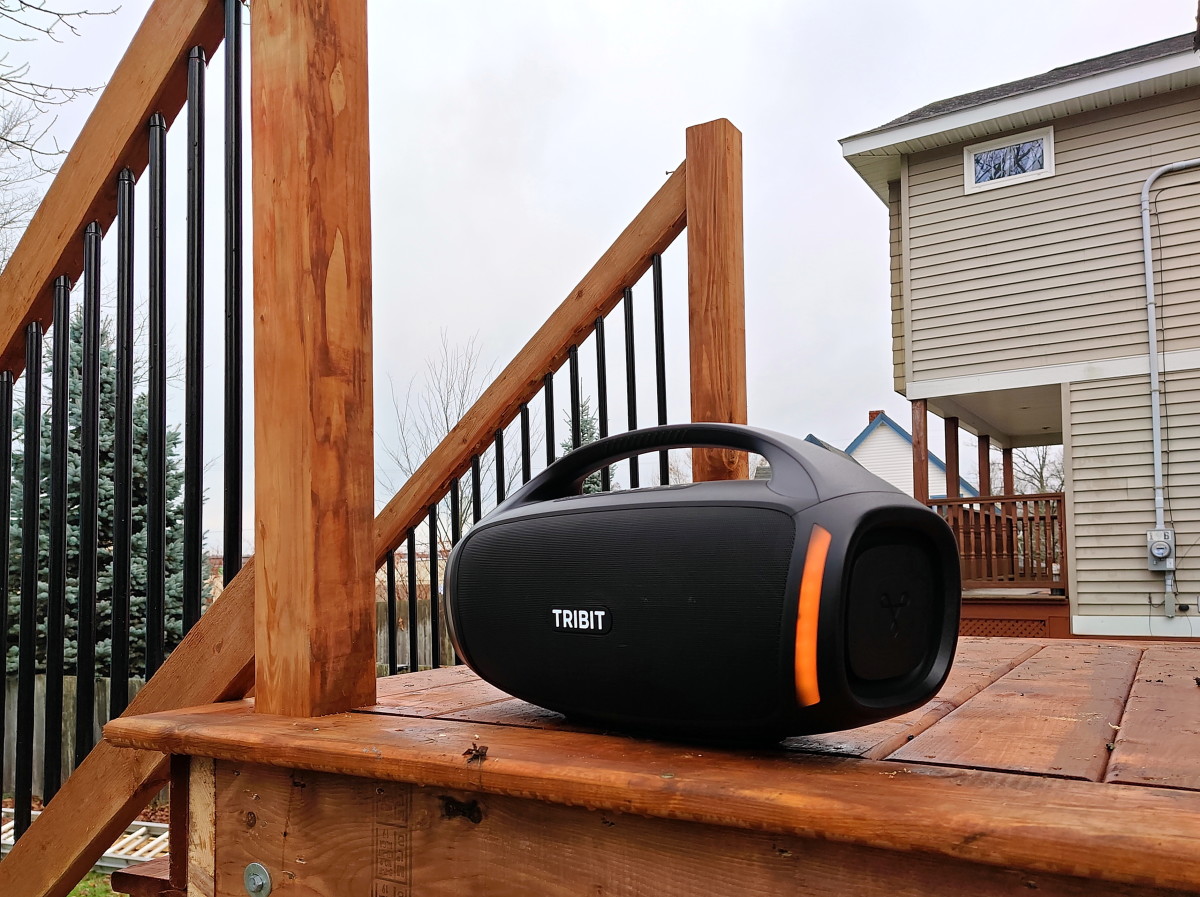Wireless Speakers Buying Guide: The Basics
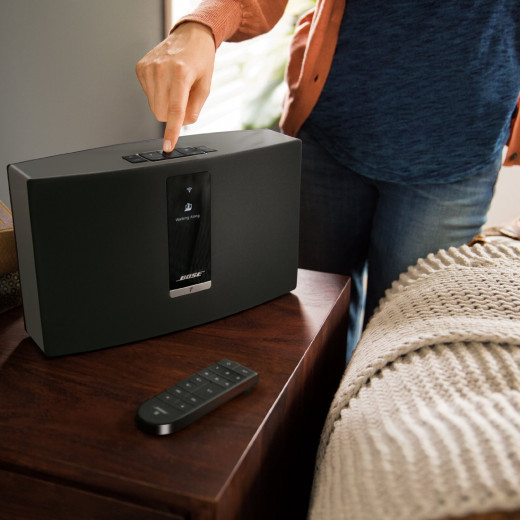
Wireless music - everywhere in your home?
At regular intervals, the music industry has reinvented its delivery method: in the 1960s, they gave us music on vinyl records. In response, stereo systems were designed as furniture pieces suitable for the living room, but with a built-in record player. Later, our music collections shrank in size to CDs and then portable MP3 players. And now music’s completely wireless and virtual, either through cloud providers such as Spotify or on your home network’s media server. And where’s this stream of data heading? Active wireless speakers. By “active” we mean that there’s an amp in the speaker’s housing and the box needs nothing more than a power cable. The use of such wireless technology is booming. The sale of wireless speakers more than doubled in 2013 over the previous year.
Good sound from small speakers: how it works
Electronics: modern amplifiers in small speakers counteract the weaknesses of the speaker housing by giving more pressure to poorly reproduced frequency ranges and less to those that get exaggerated.
Speakers: speaker diaphragms used to allow only minimal excursion, because the material would otherwise have distorted the sound. Because a lot of air needs to be moved for the bass, the diaphragms were very large to allow them to move a lot of air without a lot of excursion. Modern speaker diaphragms produce hardly any distortion if there is a lot of excursion. They can have excursions of four centimetres and more which allow even small speakers to move a lot of air. And that’s good for the bass!
Wireless Speakers: Good sound thanks to new technology
From an aesthetic perspective, not needing a classic stereo system is a major plus for many. Combining wireless speakers with streaming also helps declutter our living spaces. Combined with no longer needing a CD collection or a stereo system, extra remote controls are disappearing from our living rooms. Only a few wireless speakers have one. The others are only controlled by smartphone apps. It’s a good thing, then, that most of the wireless speakers available today offer at least a good sound, something which used to be impossible with smaller boxes. The engineering that goes into electronics and speakers have really pushed what were once limits to the technology (see “Good sound from small speakers: how it works”). It is only the smallest wireless speakers that still fail to deliver good sound. Sound-wise, wireless speakers are now playing in the same league as mini and micro hi-fi systems and are a great replacement. But they still can’t deliver powerful beats for your next party, precise bass or the filigree treble of a symphony orchestra. These needs still require much more powerful systems and also better speakers.
Wireless Speakers: How they work (Sonos Example)
In everyday life, wireless speakers impress not only with their good sound reproduction but also their ability to be coupled with users’ smartphones and with other boxes. If you’re listening to an audiobook or rocking to some cool beats on the tube, you can simply continue to listen on your wireless speakers once you’re home. With many wireless speakers, the sound will even follow you from room to room, wherever you’ve coupled several speakers together. This level of convenience has even won over hard-core audio enthusiasts. But when buying wireless speakers, it’s more than the sound that counts. You might wonder: Does it work in stereo? How do the wireless speakers connect to my home network’s media drive or online music?
Stereo: possible, but expensive
Wireless speakers usually come as solo boxes. The result: a single box alone cannot produce true stereo sound. Providers such as Sonos, however, make it possible to connect individual boxes to each other wirelessly. Setup is quick and easy. The second box is expensive: both to purchase as well as in terms of power consumption. The higher price is offset, however, by superior enjoyment of your music.
Proper placement of the speakers
The dream of invisible technology will remain just that for the foreseeable future. Speakers sound best if they’re surrounded with air, but they often land up on a shelf in the living room. They may not stand out to the eye, but you will notice that the sound worse than if they were free-standing. This applies especially to the Sonos Play:1. If you stash the speaker between books, for example, the sound will be significantly degraded. If the speakers are too close to the wall, the bass is at risk of quickly sounding sickly. The Sonos Play:5 offers the best bass.
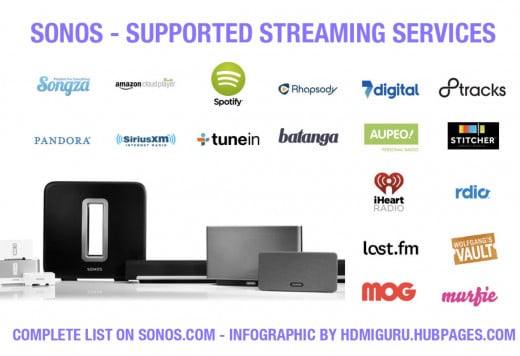
Music sources
Music and other content is streamed to wireless speakers from the internet, your smartphone or from media receiver on your home network. Important: the box must fit the music source. So before you get a wireless speaker, ask yourself: where do I get most of the music I listen to from?
- Internet radio or Spotify: connect the wireless speakers via WiFi to your internet router.
- Smartphone: use either Bluetooth or WiFi. Bose and Bowers & Wilkins can only run Apple Airplay.
- Media server: then the box should meet the DLNA standard.
The alternatives to wireless are a flash drive and hard drive, RCA or headphone jacks for your old CD player and digital audio for your home theatre system.
What’s clear is that before you get to start listening to music, you’re going to need to reflect on the connections you’ll need. No one ever said it was going to be easier without a stereo system just because you can use wireless speakers almost without any cables. But they all still have a power cable.
Wireless Speakers Comparison

Sony SRS-X9
| Sonos Play:5
| B&W Zeppelin Air
| Bose SoundTouch 30
| |
|---|---|---|---|---|
Hearing Test
| ★★☆
| ★★★
| ★★★
| ★★☆
|
Laboratory Test
| ★★★
| ★★☆
| ★★☆
| ★☆☆
|
└ Audio Score (50%)
| Very Good
| Very Good
| Very Good
| Good
|
Usability / Handling (25%)
| Good
| Good
| Good
| Good
|
SPL at 1kHz max. (dB)
| 95
| 100
| 91
| 96
|
Stereo with 2nd box?
| –
| ✔
| –
| –
|
Inputs (analog / opt / USB)
| ✔ / – / ✔
| ✔ / – / –
| ✔ / ✔ / ✔
| ✔ / – / ✔
|
Wireless Signals: Wi-Fi / DLNA / AirPlay
| ✔ / ✔ / ✔
| ✔ / – / –
| ✔ / – / ✔
| ✔ / – / ✔
|
Bluetooth / Easy NFC Pairing
| ✔ / ✔
| – / –
| – / –
| – / –
|
└ Versatility (25%)
| Good
| Average
| Average
| Good
|
Total Score
| ★★★
| ★★☆
| ★★☆
| ★★☆
|
Review: Popular Wireless Speakers Models Compared
Poll
Which Wireless Speakers Do You Use?
Shop Smart - Use deals!
No Wireless Speakers Buying Guide can go without deals: Be sure to check out the Wireless Speakers Central on Amazon for good offers. For example you can get up to up to $50 Amazon.com credit with each Sonos Wireless Speaker or save 10% on Bose SoundTouch Wi-Fi Music System bundles. Make sure to check on the web for new updates and sale offers!

